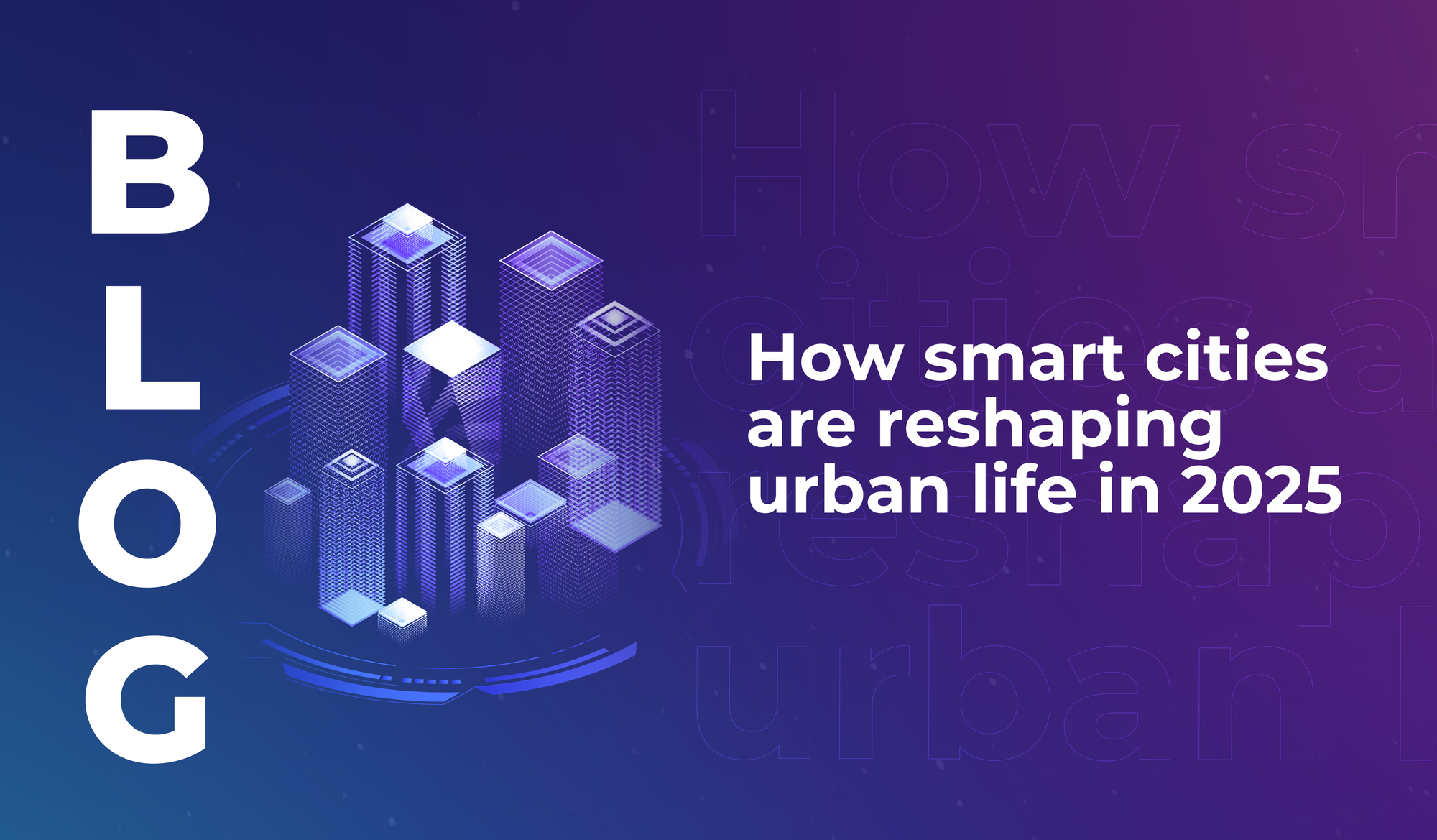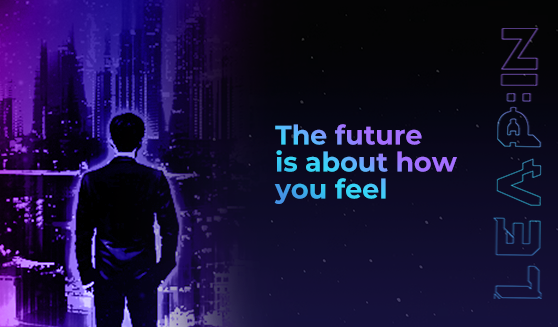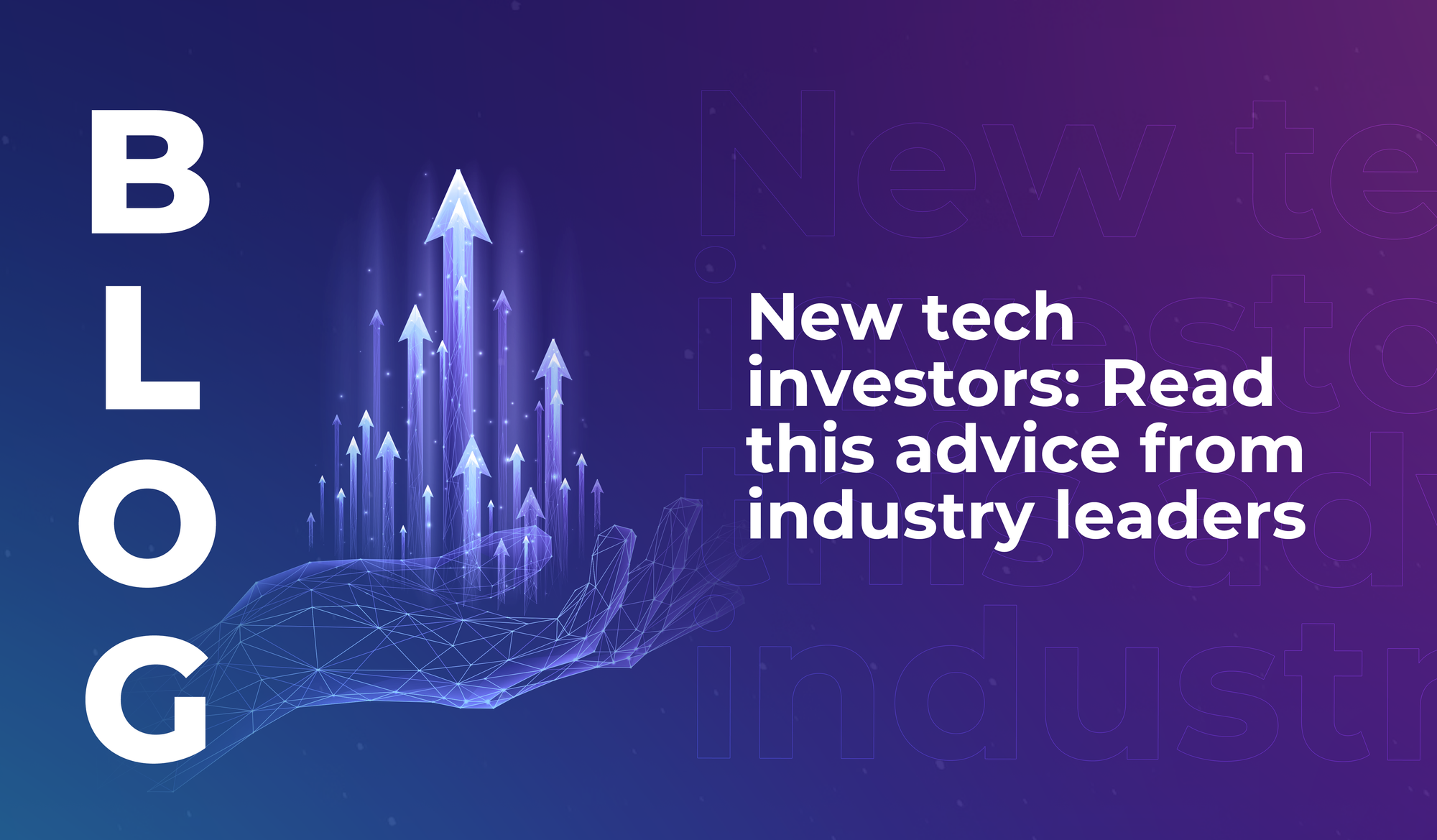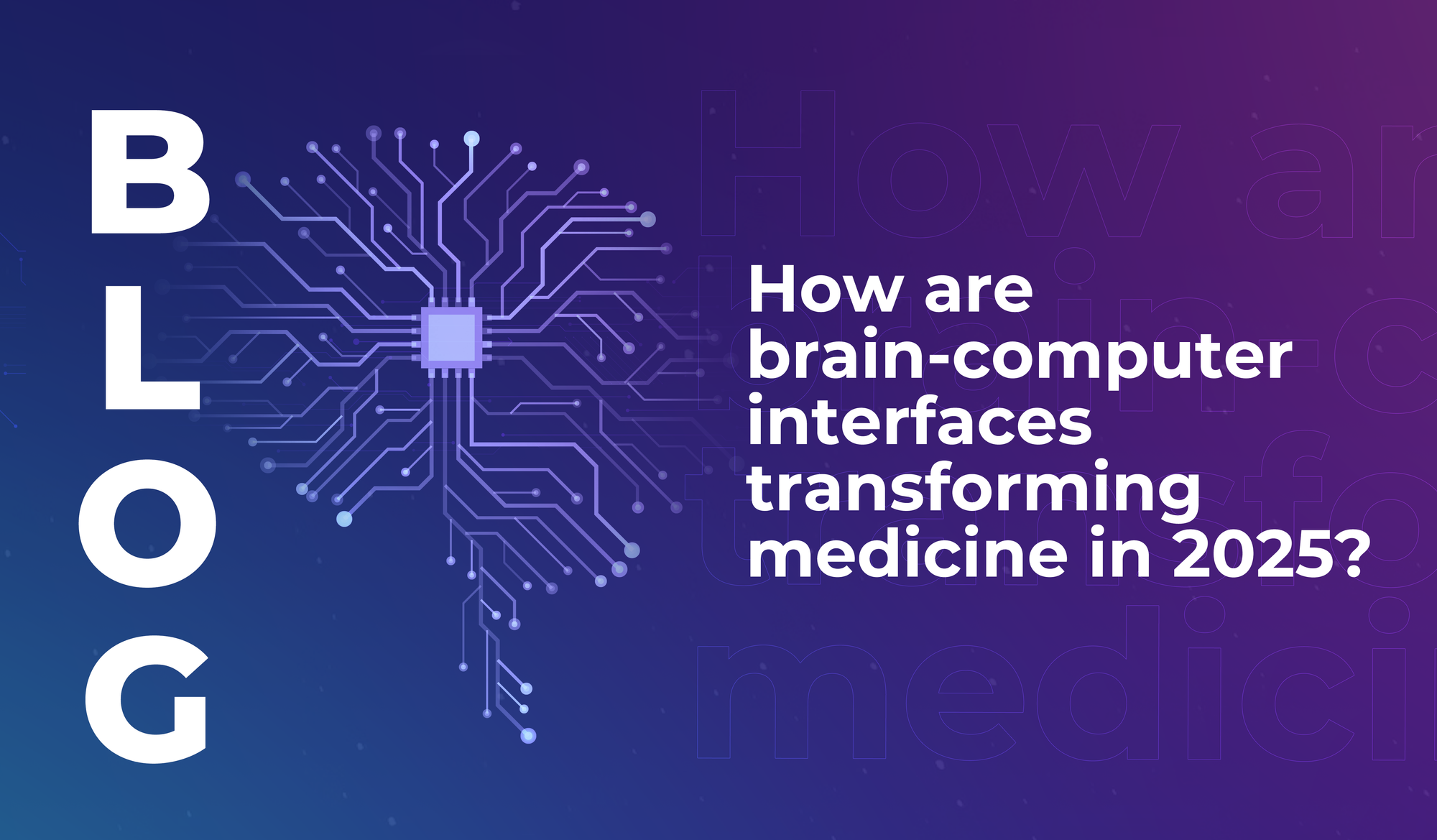
How smart cities are reshaping urban life in 2025
Discover the key drivers of positive smart city development, including collaboration, data literacy, and a sharp focus on sustainability.


There were no empty platitudes at #LEAP22 – just keynotes overflowing with knowledge, data, and wisdom. Here’s our regular pick of quotes to help you build your own vision of the future.
What Usandizaga said:
“Employee wellbeing is becoming extremely important. Businesses have to work to create assistance programs to support employee wellbeing.”
People’s personal wellbeing has always been important to them, from an individual perspective. But from a business perspective, wellbeing has become a higher priority in recent years – and especially since COVID-19.
Why? Well; the traditional reasons for an employee to be loyal to a company have sort of disappeared. It used to be that salary and workplace location were the key drivers of loyalty: if the pay was good (and there were opportunities for progression) and the company enabled the employee to live in an area they liked, they’d stay. People would stick with an employer long-term, and it wasn’t uncommon for someone to envision their entire, lifelong career within one company.
US-based data shows that the average person today will change jobs 12 times in their lifetime, and as of January 2020, the average employee stays with one employer for 4.1 years. And younger generations are spending less time with a single employer than older workers. In January 2014 the average tenure with an employer in the US was 7.9 years for people aged 45 to 54, and 10.4 years for people aged 55 to 64.
A 2016 survey by the Associated Press-NORC Center for Public Affairs Research found that 41% of over 50s had spent two decades with the same company, and within that 41%, 18% had stayed for 30 years or more.
Along with attractive salaries and opportunities to rise through the ranks of a company, previous generations were more likely to benefit from robust pension schemes. But that’s changed for today’s young workforce – the OECD is warning of an upcoming pension crisis around the world.
And the way we work has changed too.
Top candidates for jobs in 2022 can more or less work anywhere in the world. Instead of searching for a job that allows them to live where they want to live, they can look for a job they can do remotely from wherever they like.
It’s one of the reasons recruitment experts have been talking about a ‘candidate’s market’ a lot lately – in Europe for example, research by ERE Medis suggests that top candidates stay on the job market for less than 10 days in 2022, while many are headhunted before they even make it publicly known they’re looking for a new role. In the Middle East, media outlets have called the current market ‘a war for talent’ in which the workers will come out top, while businesses compete to secure employees with relevant skills.
People who are really good at their jobs, then, can take their pick. And when companies are offering comparable salaries and flexibility, a wellbeing program could be the deciding factor.
Luckily, there’s no need for a wellbeing program to be basic or boring anymore – and technology is enabling companies to provide personalised wellbeing offerings, at scale.
Like…
As the digital revolution continues and more and more of the workforce settles into the idea of remote/flexible working as a long-term option, rather than a short-term solution to the pandemic, we expect to see increasing innovation in this space. We’re excited to discover new employee wellness tech at #LEAP23 – will you be there?
What Asiri said:
“We will witness a new generation of customer experience technologies that will fix the problem. These technologies will be so powerful that dreams will become true.”
You wake up one morning, and your hair feels dry. You need a deep-moisturising mask to bring it back to life – and when you get to shower room in your house, your hair product dispenser (provided by your favourite hair care brand) dispenses exactly the right amount of exactly the right conditioner automatically. You didn’t have to choose a deep-moisturising mask because the dispenser already knew you needed it. An app, provided by the hair care brand, predicts your daily hair care needs based on a wealth of accumulative data gathered and analysed via machine learning.
Or…you’re a runner. You head out for an evening run, but something feels off – you can’t put your finger on what it is exactly, but you don’t feel comfortable. When you get home you look at your running app and it tells you the shoes you’re wearing aren’t functioning optimally; it’s time for a new pair. The next morning, new running shoes (tailored to your foot size, running gait, and running goals) are delivered to your desk at work, because that’s where your app knew you’d be. The delivery driver takes your old shoes away to recycle them. You go for a run during your lunch break and the new shoes feel much better.
Those were just a couple of hypothetical examples of how customer experience tech could change how customers interact with brands – and make all our lives feel streamlined, organised, and far less admin-heavy.
Hyper-personalised is the phrase to watch here. Because as technology becomes more intelligent and operations become more efficient, consumers will be able to expect that the service they receive will be specifically designed to meet their unique needs.
Here are some real life examples of personalised CX that are already in action:
Tech in the future won’t just be about function and efficiency. If there’s one thing the growth in CX tech (and employee wellbeing tech) can teach us, it’s this:
The future of technology is about feelings.
Tech that makes us feel good (that sparks positive emotions, and makes us feel nurtured and supported and motivated) will have a competitive advantage over tech that’s just very efficient at doing what it does.
As American dancer Isadora Duncan once said,
“To awaken human emotion is the highest level of art.”
And the tech of the future must awaken human emotion.

Discover the key drivers of positive smart city development, including collaboration, data literacy, and a sharp focus on sustainability.

Some of the most experienced tech investors in the world share their insights and advice to help new investors on their path to success.

Discover how brain-computer interfaces (BCIs) are creating new possibilities in healthcare and medicine.

Discover the key drivers of positive smart city development, including collaboration, data literacy, and a sharp focus on sustainability.

Some of the most experienced tech investors in the world share their insights and advice to help new investors on their path to success.

Discover how brain-computer interfaces (BCIs) are creating new possibilities in healthcare and medicine.